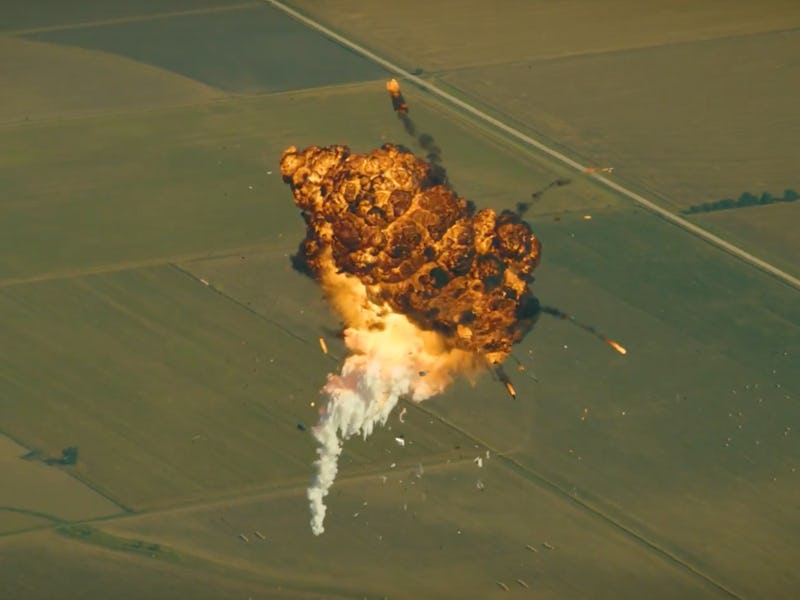SpaceX, the space exploration venture headed by Elon Musk, has followed a rocky road to get where it is today. The company has successfully landed a number of orbital rocket boosters back on Earth after launch, a practice aimed at reducing costs and preparing for a mission to Mars. On Thursday, though, the company shared a two-minute video of its failings.
“Long road to reusabity of Falcon 9 primary boost stage…When upper stage & fairing also reusable, costs will drop by a factor >100,” Musk said on his Twitter account.
If SpaceX can reuse its rockets, it stands to save a considerable amount of money. A Falcon 9 rocket booster costs $62 million, but the fuel only costs $200,000 to $300,000 a mission. Reusing the rocket saves the company $46.5 million of the initial cost, or 75 percent.
One YouTube commenter described the video as a real-life version of Kerbal Space Program, while also “the most expensive fail video on the internet.” Considering the initial cost of the rocket and the amount of failures, it’s possibly true.
The video contains a number of failures and successes. Watch the full, high-resolution footage here:
- April 2014: first soft water landing.
- July 2014: second soft water landing.
- July 2014: breaks apart after tipping.
- August 2014: engine sensor failed.
- September 2014: ran out of liquid oxygen.
- January 2015: ran out of hydraulic fluid.
- April 2015: sticky throttle valve.
- January 2016: landing leg collapsed.
- May 2016: radar glitch.
- June 2016: ran out of propellant.
- December 2015: first successful landing.
- April 2016: first successful droneship landing.
Hopefully, the company gets more successes than failures under its belt as it prepares for a 2023 crewed mission to the red planet.
If you liked this article, check out this video on SpaceX sending astronauts to the moon by 2018.
